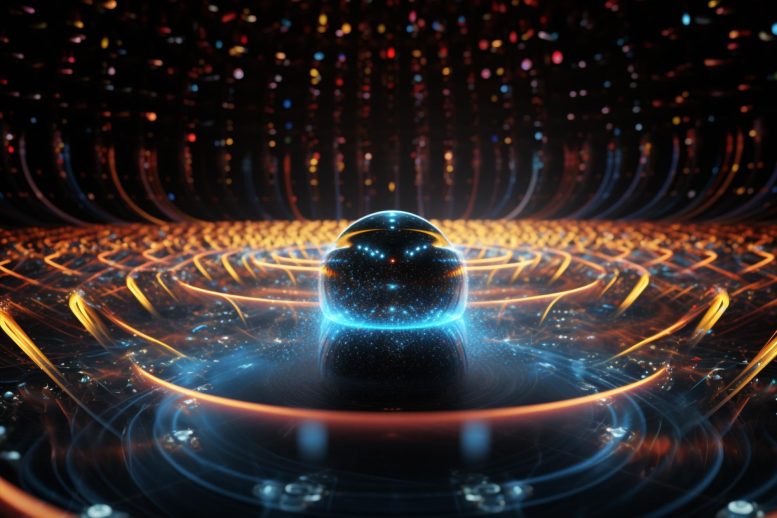
MIT physicists, inspired by noise-canceling headphones, have advanced the coherence time of quantum bits by 20-fold, marking significant progress for quantum computing. The team used an “unbalanced echo” technique to counteract system noise, and they believe further improvements are possible. This breakthrough has vast potential, from quantum sensors in biology to advancements in quantum memory.
MIT researchers develop a protocol to extend the life of quantum coherence.
For years, researchers have tried various ways to coax quantum bits — or qubits, the basic building blocks of quantum computers — to remain in their quantum state for ever-longer times, a key step in creating devices like quantum sensors, gyroscopes, and memories.
A team of physicists from MIT have taken an important step forward in that quest, and to do it, they borrowed a concept from an unlikely source — noise-canceling headphones.
Led by Ju Li, the Battelle Energy Alliance Professor in Nuclear Engineering and professor of materials science and engineering, and Paola Cappellaro, the Ford Professor of Engineering in the Department of Nuclear Science and Engineering and Research Laboratory of Electronics, and a professor of physics, the team described a method to achieve a 20-fold increase in the coherence times for nuclear-spin qubits. The work is described in a paper published in Physical Review Letters. The first author of the study is Guoqing Wang PhD ’23, a recent doctoral student in Cappellaro’s lab who is now a postdoc at MIT.
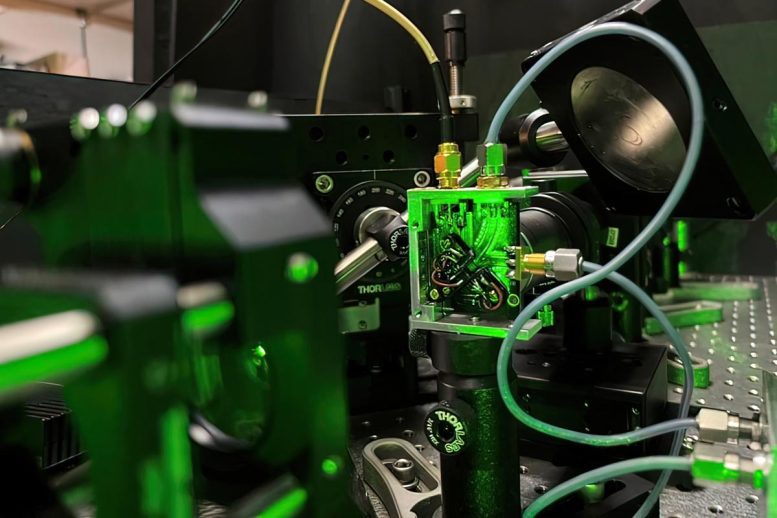
This quantum sensor in the MIT Quantum Engineering Group is based on NV centers in diamond. It was designed and built by the research team. Credit: Photo courtesy of the researchers
“This is one of the main problems in quantum information,” Li says. “Nuclear spin (ensembles) are very attractive platforms for quantum sensors, gyroscopes, and quantum memory, (but) they have coherence times on the order of 150 microseconds in the presence of electronic spins … and then the information just disappears. What we have shown is that, if we can understand the interactions, or the noise, in these systems, we can actually do much better.”
Extending Coherence With an “Unbalanced Echo”
In much the same way noise-canceling headphones use specific sound frequencies to filter out surrounding noise, the team developed an approach they dubbed an “unbalanced echo” to extend the system’s coherence time.
By characterizing how a particular source of noise — in this case, heat — affected nuclear quadrupole interactions in the system, the team was able to use that same source of noise to offset the nuclear-electron interactions, extending coherence times from 150 microseconds to as long as 3 milliseconds.
Those improvements, however, may only be the beginning. More advances may be possible, says Wang, first author of the study who came up with the protection protocol, as they explore other possible sources of noise.
“In theory, we could even improve it to hundreds or even thousands of times longer. But in practice, there may be other sources of noise in the system, and what we’ve shown is that if we can describe them, we can cancel them.”
The paper will have “significant impact” on future work on quantum devices, says Dmitry Budker, leader of the Matter-Antimatter Section of the Helmholtz Institute Mainz, professor at the Johannes Gutenberg University and at the University of California at Berkeley, who was not involved in the research.
“(This group is) the world leaders in the field of quantum sensing,” he says. “They constantly invent new approaches to stimulate developments in this booming field. In this work, they demonstrate a practical way to stretch nuclear coherence time by an order of magnitude with an ingenious spin-echo technique that should be relatively straightforward to implement in applications.”
Cornell University professor of applied and engineering physics Gregory Fuchs calls the work “innovative and impactful.”
“This (work) is important because although nuclear spin can in principle have much longer coherence lifetimes than the electron spins native to the NV centers, it has been challenging for anyone to observe long-lived nuclear spin ensembles in diamond NV center experiments,” he says. “What Professor Cappellaro and her students have shown is a rather unexpected strategy for doing that. This approach can be highly impactful for applications of nuclear spin ensembles, such as for rotation sensing (a gyroscope).”
Building a Sensor Using “10 Billion Clocks”
The experiments and calculations described in the paper deal with a large ensemble — approximately 10 billion — of atomic-scale impurities in diamond known as nitrogen vacancy centers, or NV centers, each of which exists in a specific quantum spin state for the nitrogen-14 nucleus, as well as a localized electron nearby.
While they have long been identified as an ideal candidate for quantum sensors, gyroscopes, memories, and more, the challenge, Wang explains, lay in working out a way to get large ensembles of NV centers to work together.
“If you think of each spin as being like a clock, these 10 billion clocks are all slightly different … and you cannot measure them all individually,” Wang says. “What we see is when you prepare all these clocks, they are initially in sync with each other at the beginning, but after some time, they completely lose their phase. We call this their de-phasing time.
“The goal is to use a billion clocks but achieve the same de-phasing time as a single clock,” he continues. “That allows you to get enhancements from measuring multiple clocks, but at the same time you preserve the phase coherence, so you don’t lose your quantum information as fast.”
The underlying theory of temperature heterogeneity induced de-phasing, which relates to the materials properties, was first outlined in March by a team of researchers that included Li, Cappellaro, Wang, and other MIT graduate students. That paper, published in the Journal of Physical Chemistry Letters, described a theoretical approach for calculating how temperature and strain affect different types of interactions which can lead to decoherence.
The first, known as nuclear quadrupole interaction, occurs because the nitrogen nucleus acts as an imperfect nuclear dipole — essentially a subatomic magnet. Because the nucleus is not perfectly spherical, Wang explains, it deforms, disrupting the dipole, which effectively interacts with itself. Similarly, hyperfine interaction is the result of the nucleus magnetic dipole interacting with the nearby electron magnetic dipole. Both of these two types of interactions can vary spatiotemporally, and when considering an ensemble of nuclear spin qubits, de-phasing can happen since “clocks at different locations can get different phases.”
Based on their earlier paper, the team theorized that, if they could characterize how those interactions were affected by heat, they would be able to offset the effect and extend coherence times for the system.
“Temperature or strain affects both of those interactions,” Wang says. “The theory we described predicted how temperature or strain would affect the quadrupole and hyperfine, and then the unbalanced echo we developed in this work is essentially canceling out the spectral drift due to one physical interaction using another different physical interaction, utilizing their correlation induced by the same noise.”
The key novelty of this work, compared to existing spin echo techniques commonly used in the quantum community, is to use different interaction noises to cancel each other such that the noises to be canceled can be highly selective. “What’s exciting, though, is that we can use this system in other ways,” he continues. “So, we could use this to sense temperature or strain field spatiotemporal heterogeneity. This could be quite good for something like biological systems, where even a very minute temperature shift could have significant effects.”
Potential Applications and the Future
Those applications, Wang says, barely scratch the surface of the system’s potential applications.
“This system could also be used to examine electrical currents in electric vehicles, and because it can measure strain fields, it could be used for non-destructive structural health evaluation,” Li says. “You could imagine a bridge, if it had these sensors on it, we could understand what type of strain it’s experiencing. In fact, diamond sensors are already used to measure temperature distribution on the surface of materials, because it can be a very sensitive, high spatial resolution sensor.”
Another application, Li says, may be in biology. Researchers have previously demonstrated that the use of quantum sensors to map neuronal activity from electromagnetic fields could offer potential improvements, enabling a better understanding of some biological processes.
The system described in the paper could also represent a significant leap forward for quantum memory.
While there are some existing approaches to extending the coherence time of qubits for use in quantum memory, those processes are complex, and typically involve “flipping” — or reversing the spin — of the NV centers. While that process works to reverse the spectral drift that causes decoherence, it also leads to the loss of whatever information was encoded in the system.
By eliminating the need to reverse the spin, the new system not only extends the coherence time of the qubits, but prevents the loss of data, a key step forward for quantum computing.
Going forward, the team plans to investigate additional sources of noise — like fluctuating electrical field interference — in the system with the goal of counteracting them to further increase coherence time.
“Now that we’ve achieved a 20-fold improvement, we’re looking at how we can improve it even more, because intrinsically, this unbalanced echo can achieve an almost infinite improvement,” Li says. “We are also looking at how we can apply this system to the creation of a quantum gyroscope, because coherence time is just one key parameter to building a gyroscope, and there are other parameters we’re trying to optimize to (understand) the sensitivity we can achieve compared to previous techniques.”
Reference: “Characterizing Temperature and Strain Variations with Qubit Ensembles for Their Robust Coherence Protection” by Guoqing Wang, Ariel Rebekah Barr, Hao Tang, Mo Chen, Changhao Li, Haowei Xu, Andrew Stasiuk, Ju Li and Paola Cappellaro, 25 July 2023, Physical Review Letters.
DOI: 10.1103/PhysRevLett.131.043602
This work was supported in part by the Defense Advanced Research Projects Agency DRINQS program, the National Science Foundation, and the Defense Threat Reduction Agency Interaction of Ionizing Radiation with Matter University Research Alliance. The calculations in this work were performed in part on the Texas Advanced Computing Center and the MIT engaging cluster.

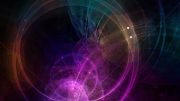
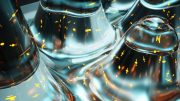

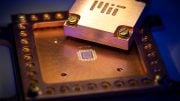
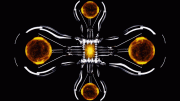
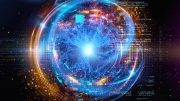
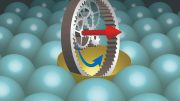
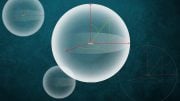
Be the first to comment on "Canceling Noise: MIT’s Innovative Way To Boost Quantum Devices"